While a highlighter-yellow cat may sound like something out of a cartoon, the reality of a jaundiced cat is no laughing matter. If your feline is suffering from this serious condition, you may have many questions, including how long it will take them to recover. While the recovery period varies, depending on the specific disease process causing your cat’s jaundice, many jaundiced felines will face an extended recovery time of at least several weeks.
In addition to prognostic information, the following article will discuss jaundice in greater detail, including how it is identified, potential causes, and diagnostic and treatment options for affected cats—to shed light on this hazy condition.

What is Jaundice?
Jaundice, also known as icterus, refers to the yellow appearance of the skin, gums, and whites of the eyes due to an elevated level of bilirubin in the blood (hyperbilirubinemia). Bilirubin is a yellowish pigment produced during the breakdown of red blood cells (RBCs); this occurs as part of the normal life cycle of an RBC.
Bilirubin then passes through the liver and is eventually excreted from the body. It can become elevated in the blood, leading to jaundice, due to an excessive breakdown of RBCs, impaired processing of bilirubin in the liver, or processes that reduce normal bilirubin excretion.
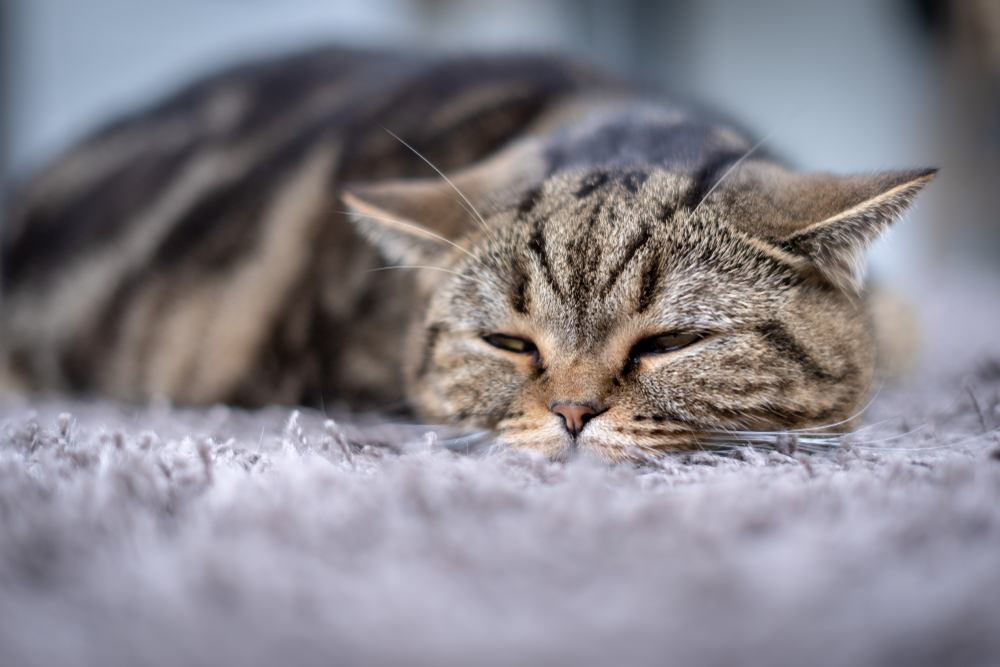
What Are Symptoms Associated with Jaundice?
Jaundice is the clinical appearance associated with hyperbilirubinemia. While severe jaundice is easily identified, mild jaundice can be subtle and easily missed by the untrained eye. In addition to jaundice, cats with hyperbilirubinemia from various causes may experience the following signs:
- Lethargy or decreased energy level
- Vomiting
- Diarrhea
- Decreased appetite
- Weight loss
- Abdominal pain
Causes of Jaundice in Cats
Potential causes of jaundice in felines can be broken down into pre-hepatic, hepatic, or post-hepatic conditions:
- Pre-hepatic icterus is caused by the hemolysis, or breakdown of RBCs. Potential causes include the following:
- Infectious diseases, including feline leukemia virus (FeLV), feline immunodeficiency virus (FIV), Mycoplasma haemofelis, and Cytauxzoon felis
- Oxidative stress secondary to drugs or toxins, including Acetaminophen (Tylenol), garlic, and onions
- Immune-mediated hemolytic anemia
- Erythrocyte pyruvate kinase deficiency, an inherited disorder affecting RBCs
- Hepatic icterus results from disease processes affecting the function of the liver. Conditions resulting in hepatic icterus may include:
- Cholangitis (inflammation of the bile duct)
- Hepatic lipidosis
- Feline Infectious Peritonitis (FIP)
- Hepatotoxicity, which may be secondary to medications such as acetaminophen, tetracyclines, or diazepam
- Post-hepatic icterus occurs secondary to blockage or obstruction of the bile duct. This prevents the gallbladder from releasing bile (which contains bilirubin) into the intestines for eventual excretion from the body. Disease processes that contribute to post-hepatic icterus include:
- Feline triaditis, a syndrome involving the concurrent conditions of pancreatitis, cholangitis, and inflammatory bowel disease
- Liver flukes
- Cholelithiasis (gallstones)
How Are the Causes of Jaundice Diagnosed
If you are concerned that your cat has jaundice, a prompt visit to the veterinarian is recommended. Your veterinarian will thoroughly examine your cat’s signs and any medications or supplements they have received at home. They will then perform a physical exam, taking special care to evaluate for abnormalities (such as an enlarged liver, pain, or a mass) noted on palpation of the abdomen.
If present, jaundice will be identified during this examination. However, it is important to remember that while jaundice may be easily diagnosed on a physical exam, identifying its underlying cause is essential and will likely require further testing.
Diagnostic tests recommended for further evaluation of jaundice include a complete blood count (CBC), blood chemistry, urinalysis, and testing for FeLV and FIV. Blood work, most notably a CBC, may help determine whether the cause of a cat’s jaundice is pre-hepatic; those felines typically have anemia or low RBC count.
Based on initial testing results, additional diagnostics, such as an abdominal ultrasound, bile acids testing, or a liver biopsy, may also be recommended to differentiate between hepatic and post-hepatic causes of jaundice.
Treatment of Jaundice in Felines
Treatment for jaundice in cats will largely depend on the underlying disease process. Blood transfusion and immunosuppressive medication can be used to treat felines with pre-hepatic jaundice, for example, while treatments to support and protect the liver are often used for cases of hepatic jaundice.
Supportive care that may can benefit felines suffering from jaundice can also be initiated, including:
- Intravenous fluids
- Pain medication
- Anti-nausea medication
- Feeding assistance, including a feeding tube, if needed
Additionally, vitamin K—an essential vitamin needed for blood clotting— may also be considered for jaundiced cats. Excessive bleeding and clotting abnormalities may be noted in felines with liver disease due to decreased production, activation of clotting factors, and a decreased level of vitamin K secondary to an abnormal flow of bile.
Antibiotic medication may also be needed in cases of feline jaundice when an infection is suspected.
What Is the Prognosis for Jaundice?
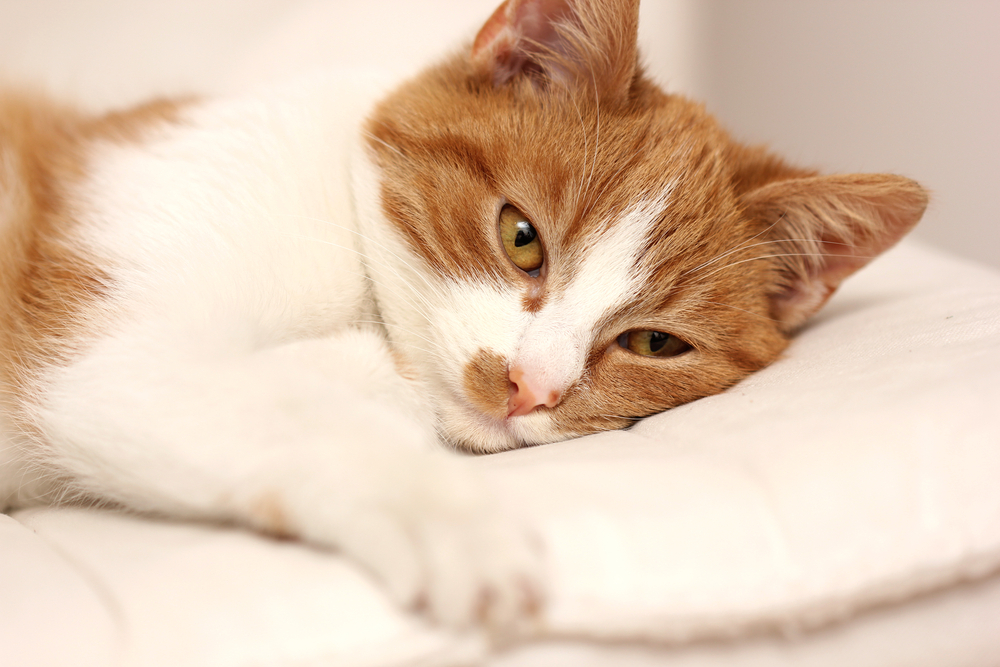
The prognosis and recovery period for jaundice is variable and depends on the underlying medical condition causing hyperbilirubinemia. In felines with hepatic lipidosis, a common condition seen in indoor cats, hospitalization may be expected for 1–2 weeks with an overall recovery time of 6–12 weeks.
In cats with jaundice secondary to surgical obstruction of the bile duct, a poor prognosis is anticipated, and recovery may not be attainable. For many conditions causing jaundice, however, the prognosis and expected recovery period will vary based on the severity of the disease and the response to medical management.
How to Prevent Jaundice in Your Cat
Unfortunately, many causes of feline jaundice are not preventable. However, you can examine the following tips to keep your cat safe and minimize the risk of several conditions that can lead to jaundice:
- Ensure your cat’s vaccinations are up to date. FeLV is a condition that may lead to pre-hepatic hyperbilirubinemia. Vaccination for FeLV is recommended for all kittens less than 1 year of age and adult cats at high risk of exposure to FeLV-positive cats.
- Store human medication safely. Acetaminophen is a common over-the-counter medication that is present in many homes and can cause severe toxicity and jaundice if ingested by felines.
- Prevent access to human foods. Garlic and onions are members of the Allium family and are poisonous to cats and dogs. Consuming them can lead to RBC damage and subsequent hyperbilirubinemia.

Conclusion
Jaundice is a serious condition that requires an extended recovery period in affected felines. Although some precautions can be taken to keep your favorite feline healthy, jaundice can affect even the most well-cared-for cats.
If you are concerned that your cat has jaundice, a timely evaluation by your veterinarian is recommended to identify the underlying cause and initiate treatment quickly— hopefully to produce the best possible outcome for your furry friend.
Featured Image Credit: Sabar, Wikimedia, Creative Commons Attribution-Share Alike 3.0 Unported)

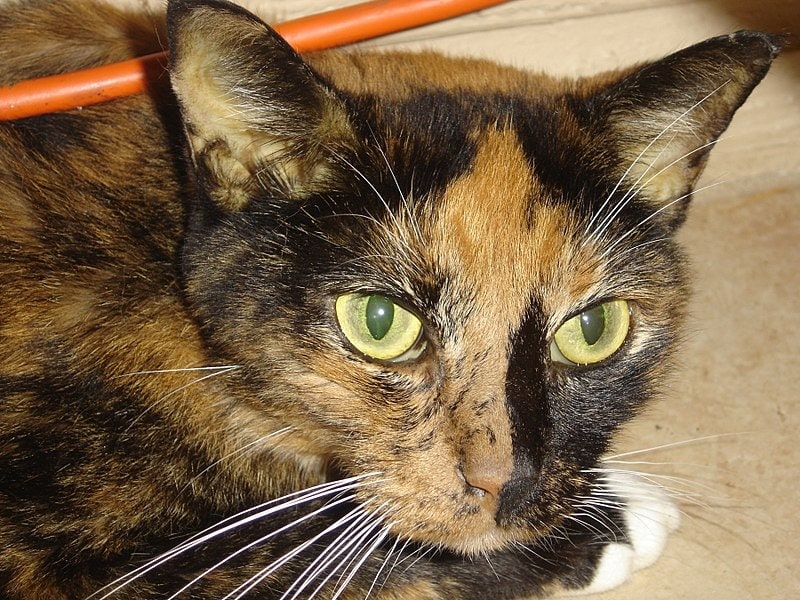

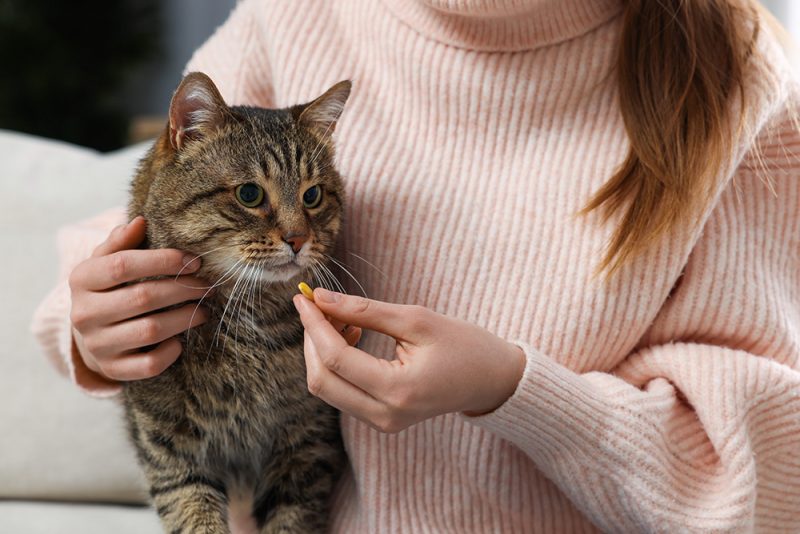



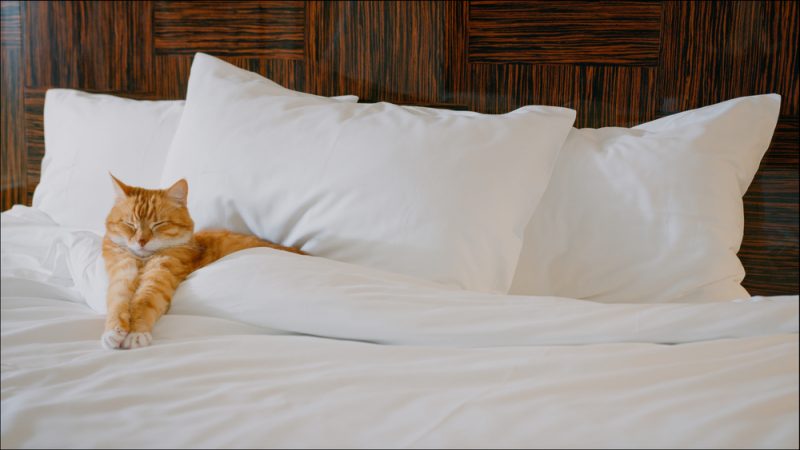
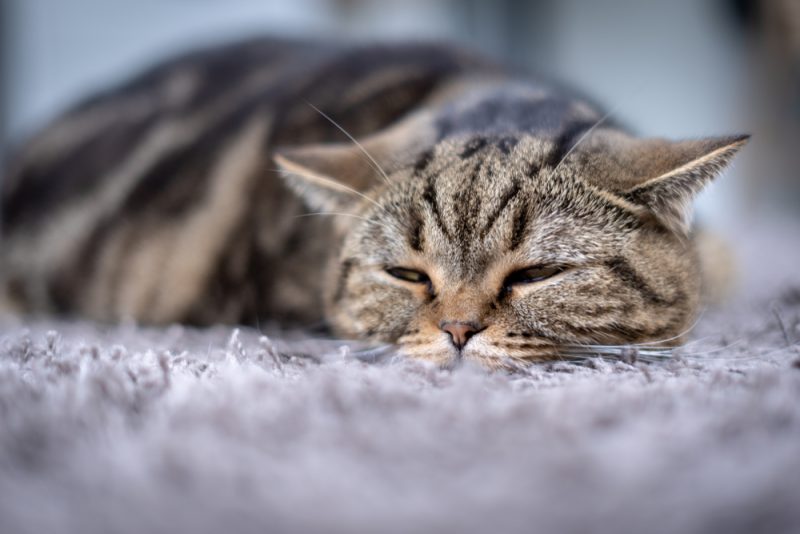

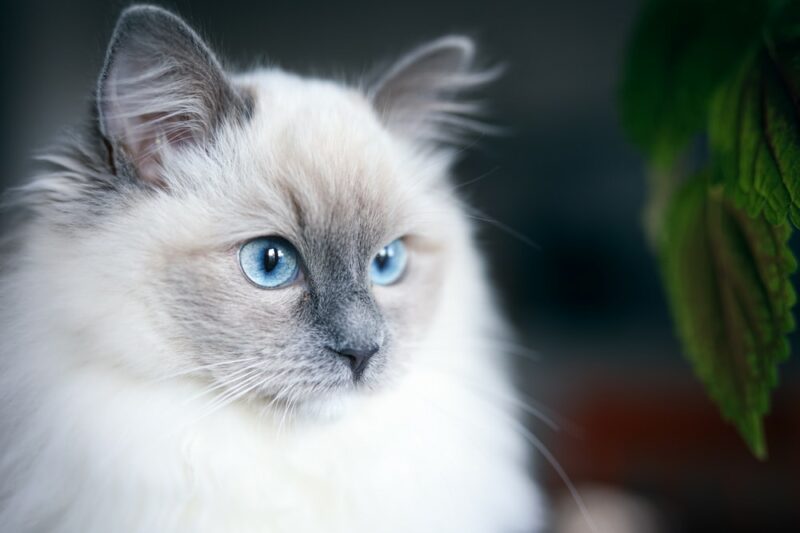

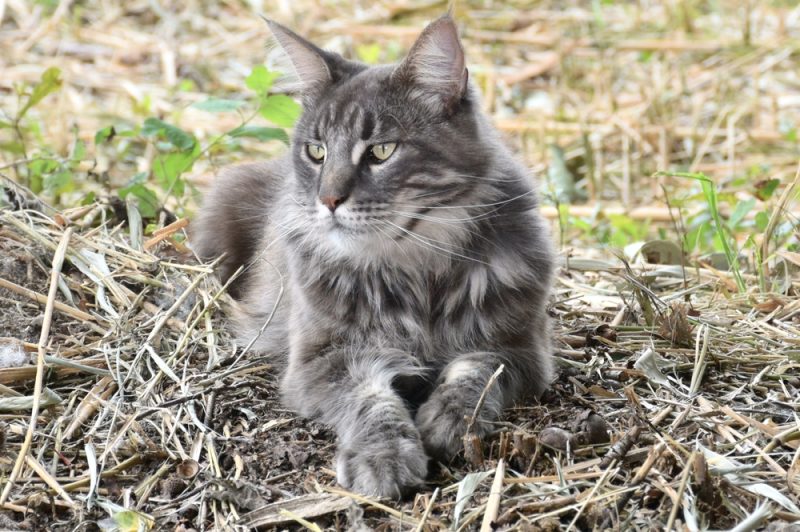
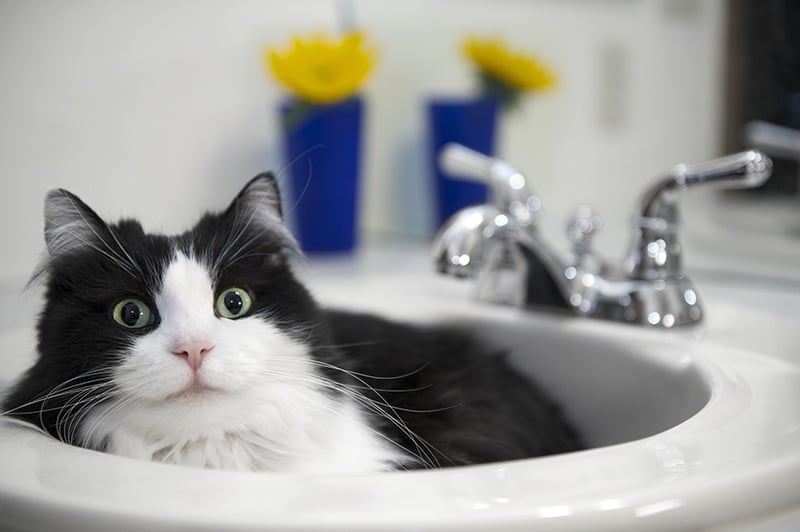
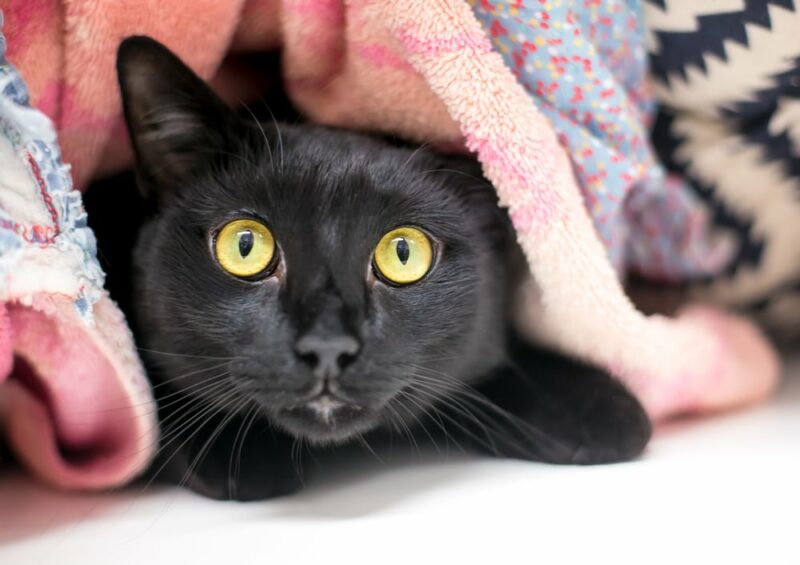
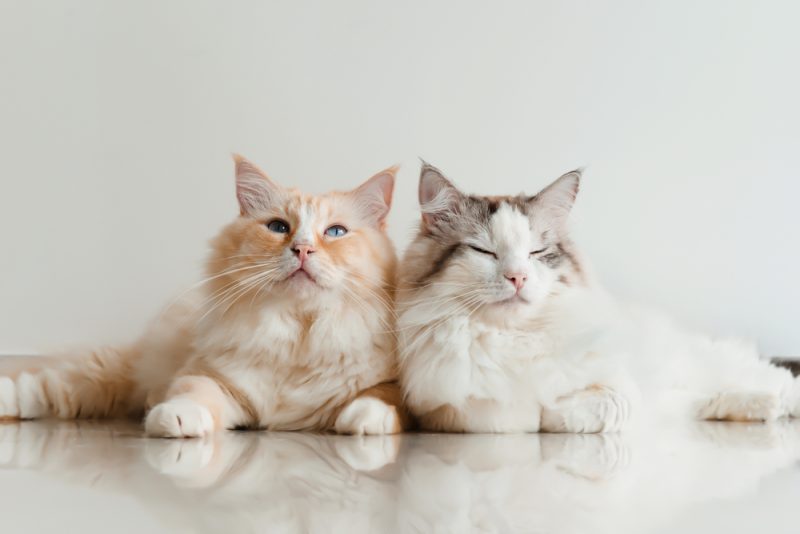

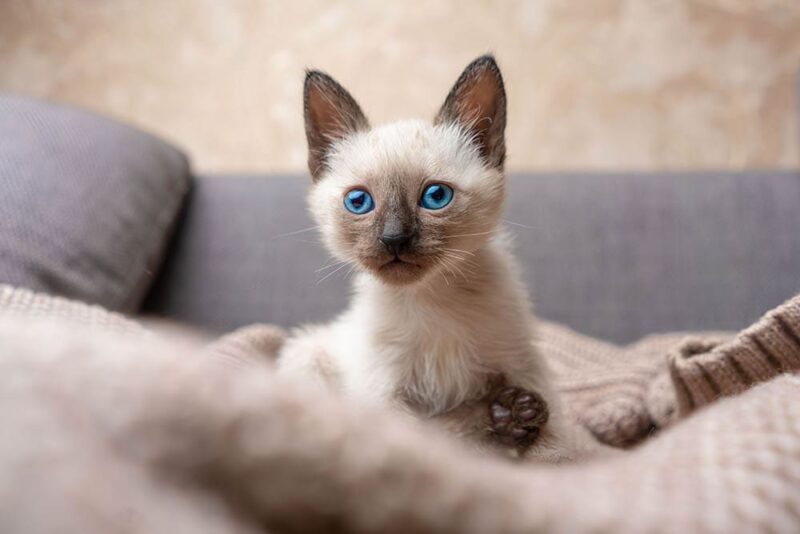
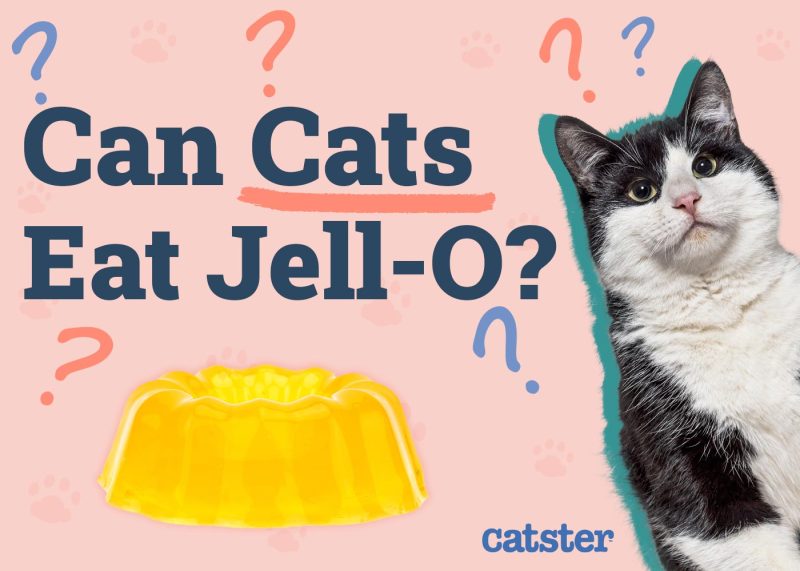

2 Responses
my cat skittles just responded well to her blood transfusion, she has jaundice at level 11, how long would she have to be hopsitalized before she returns home? shes on steriods at the moment, everything else is fine but the high jaundice, how long do you estimate the levels to go down?
Hi Kate. We understand you are anxious to have Skittles home, and it is wonderful news that the blood transfusion was successful!
We are Catster's customer service, and our author veterinarians do not manage the comments section.
You must speak directly with Skittles' veterinary team for an accurate prognosis and an estimate of when she can be discharged. They have all of her test results and are the only ones who can guide you on the next steps.
For general reading on supportive care for cats, you might find this article useful:
https://www.catster.com/lifestyle/how-to-comfort-a-sick-cat/
If you require any further explanation of medical general guidelines once Skittles is home, we recommend booking an appointment with a professional at PangoVet.com.